Hooked!
Mark Jenkin / Bait
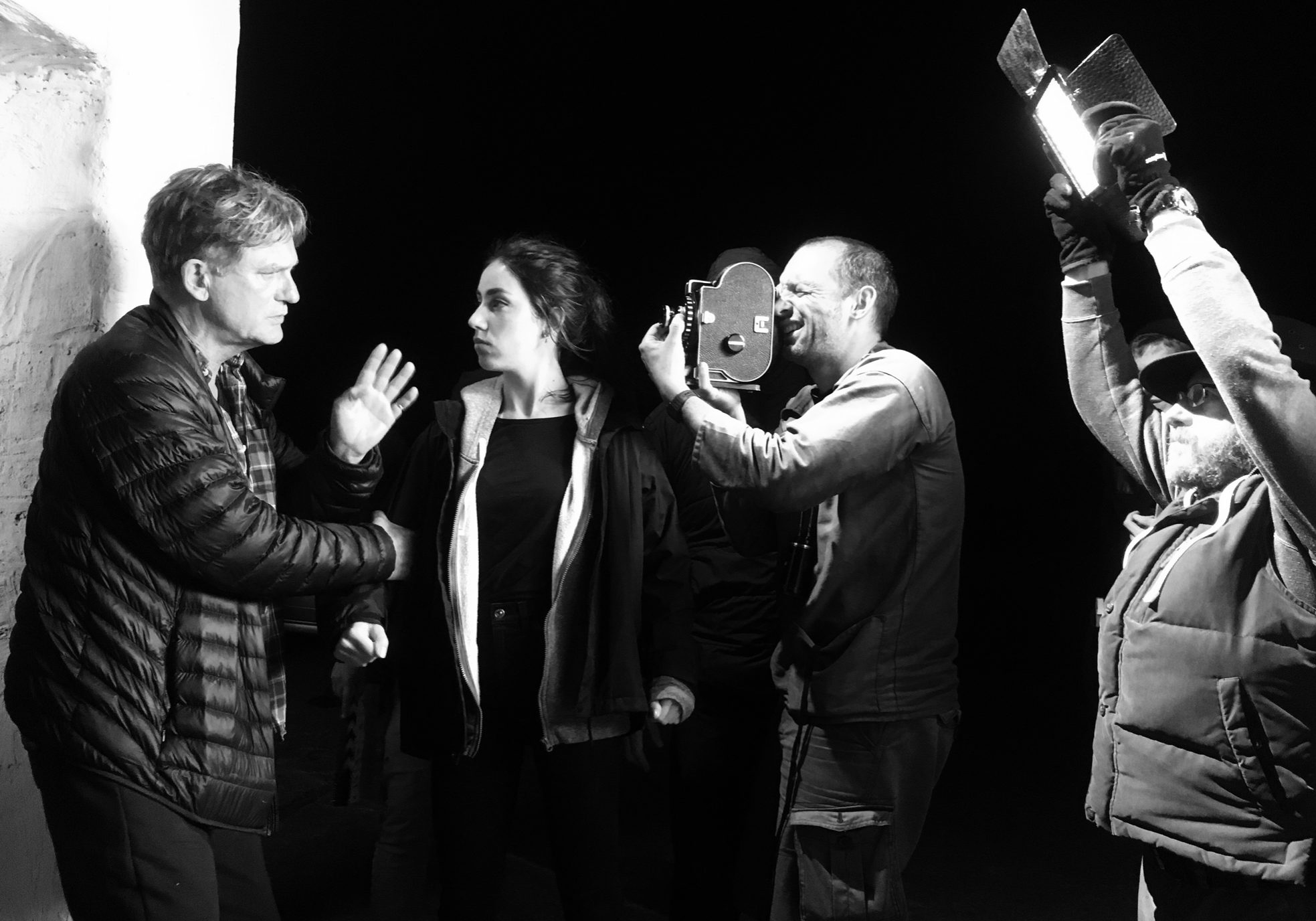
Hooked!
Mark Jenkin / Bait
Captured on Kodak B&W 16mm film, director Mark Jenkin's unique, ultra-low budget movie, Bait (2019), released in the UK by the BFI (British Film Institute), earned widespread critical acclaim, multiple awards and turned in impressive results at the box office. Here the director shares details about his career and the methods he used to make this profound and visually-distinctive movie.
Set and filmed in Cornwall, UK, the narrative follows Martin, a fisherman without a boat after his brother Steven has re-purposed the trawler as a tourist tripper. With their childhood home now sold and re-decorated as a getaway for a wealthy London family, Martin is displaced to a housing estate above the harbour, and scrapes along by selling meagre catches of fish and lobster door-to-door. Traditional Cornish trades and lifestyles are under threat, and tensions between the locals and well-heeled newcomers in the once-thriving fishing village begin to simmer.
Upon its release, Bait - which Jenkin shot without location sound using 16mm clockwork cameras, before hand-processing the entire rushes in his own studio - was applauded by the critics as a "dreamlike masterpiece", with Jenkin himself hailed as "one of the most arresting and intriguing British filmmakers of his generation."
Following rapturous receptions, awards in the UK, at prestigious European film festivals and two BAFTA nominations, Bait has earned over £480,000 at the box office to date, and is still playing in theatres. Its success looks set to continue with growing international distribution and the film's recent UK release by the BFI on Blu-ray/DVD, BFI Player, iTunes and Amazon.
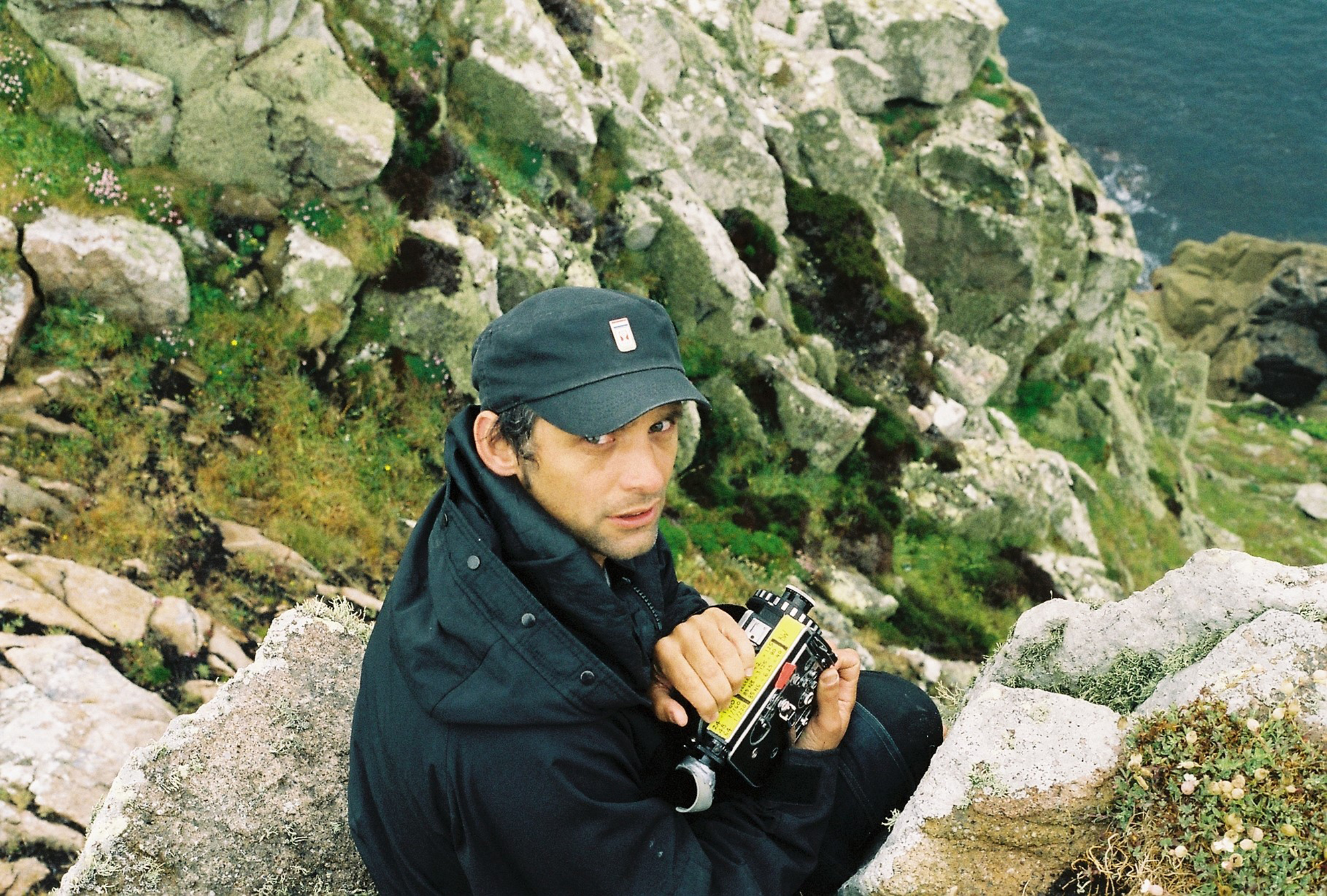
"I have an innate love and obsessive passion for celluloid film," says Jenkin, "For me its attraction goes way beyond just the entertainment in the final result. Some of the attraction is the aesthetic, some of it is the workflow, and some of it is the sheer physicality and tactile nature of working with analogue film itself."
Jenkin candidly reveals that despite early success using video, such as his 2002 Celtic Film & Television Award-winning short Golden Burn, and time spent in London as a music video editor, he rapidly found himself artistically disenchanted. He returned to his native Cornwall as an independent filmmaker, using S8mm and 16mm for such locally-based stories as The Lobsterman, The Essential Cornishman, Bronco's House and The Road To Zennor. The methodology and techniques for these films laid the foundations for Bait.
As he reveals, "The problem for me was that decisions were being made that saw the industry going headlong into digital. Nobody really questioned what was being lost creatively, and film was deemed as being too expensive. So I wrote a manifesto a few years ago, more of a personal guide than anything, to keep my ambitions and purpose in check. I made up a set of rules to keep my processes as simple and as analogue as possible, and to stop spending money. These included having a shooting ratio of 3:1 or under, no recording of location sound, and to hand-process the negatives myself.
"I don't shoot any coverage or any wide/establishing shots. I just shoot exactly what I need. Additionally, my studio is a stand-up working space, there's nowhere to sit down. So the photochemical workflow is a real, physical endeavour, which is important to me. I have kept that sort of austerity through the whole of my filmmaking processes, and did exactly that on Bait."
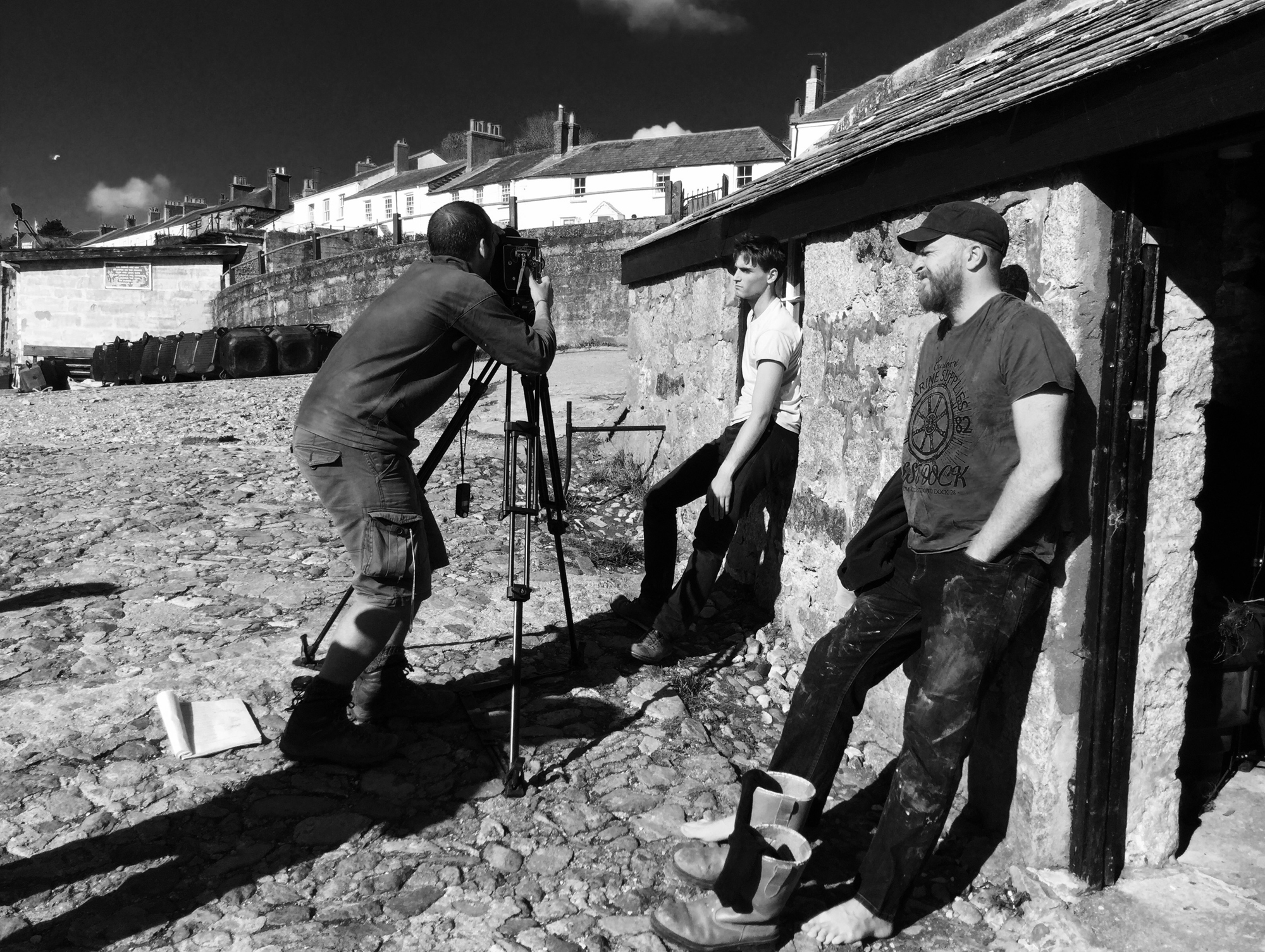
Production on Bait took place over the course of 21 shooting days, during September and October 2017. Locations included the harbour and quayside in the fishing village of Charlestown, a housing estate in Sennen, the Admiral Benbow pub in Penzance, and the grounds of Newlyn School Of Art, formerly a primary school, now a popular artists' colony and the place where Jenkin has his studio.
Jenkin filmed Bait on Kodak B&W Double-X 7222 panchromatic negative and vintage Bolex 16mm cameras, chiefly using just one lens - a Kern Macro-Switar 26mm f1.1 - for the vast majority of the production. All footage was shot using a yellow filter to elevate the contrast and encourage the texture of grain, with the Double-X 7222 rated at 125ASA for exteriors and 100ASA on interiors.
In line with his methodology, Jenkin shot Bait without sound, essentially creating a silent movie to which he later added the analogue-recorded dialogue, music and atmospheric sound effects. Jenkin operated and loaded the camera, preferring static framing for most of the production, with Michael Eddy working as the focus puller, and Colin Holt acting as lighting camera.
"The wind on my Bolex allows for 27 seconds of shooting time, so no single take is ever longer than that," he says. "Although in practice we actually lit pretty much everything - the exterior and interiors scenes - with LEDs to subtly lift the look as appropriate, I wanted the result to look as natural as possible."
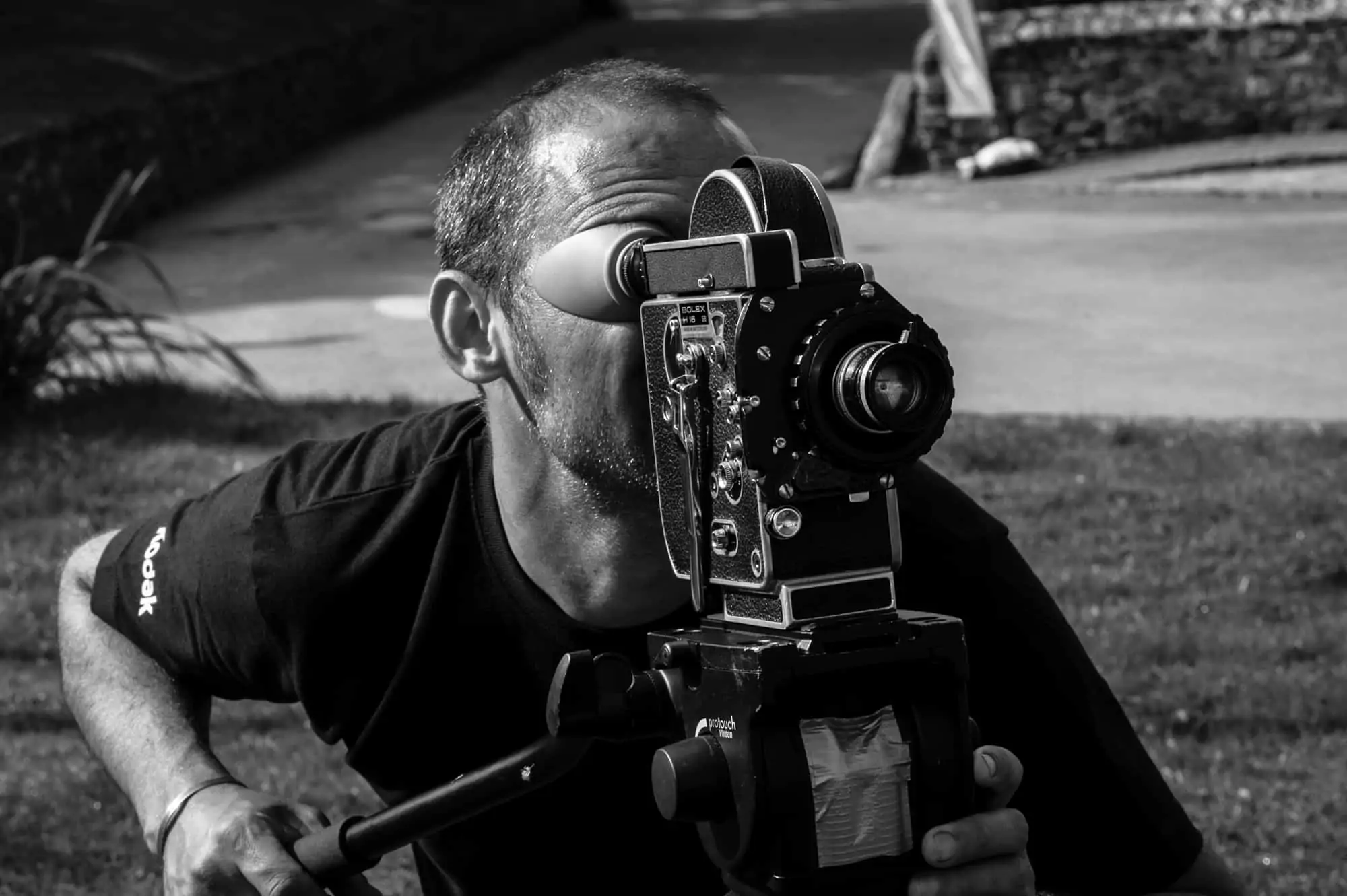
"I wrote a manifesto a few years ago, more of a personal guide than anything, to keep my ambitions and purpose in check. I made up a set of rules to keep my processes as simple and as analogue as possible, and to stop spending money. These included having a shooting ratio of 3:1 or under, no recording of location sound, and to hand-process the negatives myself."
- Mark Jenkin
After production wrapped, Jenkin then dedicated himself to hand-developing each of the 129 rolls of exposed 16mm negative, some 13,000ft of film in total, using a rewind photochemical tank at his studio. The process of developing and drying rolls of film every day took over three months to complete.
Jenkin says that far from being afraid of any imprints and imperfections imparted through home-developing his rushes, he embraced these artefacts in the visual aesthetic of the film.
"The heightened grain you see in Bait comes from the way it was processed - 100ft at a time through warm developer," he explains. "The flicker is created by that same process - it has to be wound manually for about an hour, but as it is not done at a consistent speed, you get a variation in the look. Any fibres you see probably came from a jumper I was wearing when I did the developing, and the scratches are from washing the rolls of film under a running tap, when the acetate might have grazed the emulsion. I just let these things happen as part of the process.
"There was even a strange sparkle on one roll, and I didn't know what that was, until I later recalled that I had the left studio door open when I dried the film, and realised that pollen had clung on to the emulsion. I love the fact that something like that, from an external environment, got embedded as an element into the film."
Jenkin also explains that solarisation effects, seen in certain sections of the film, were created by him briefly opening the inspection window on the rewind tank to check the progress of the film's development, thereby flashing the negative. "It was completely random as to what part of the film was exposed. Sometimes it looked great, sometimes not so good. But it was all analogue and all part of the process."
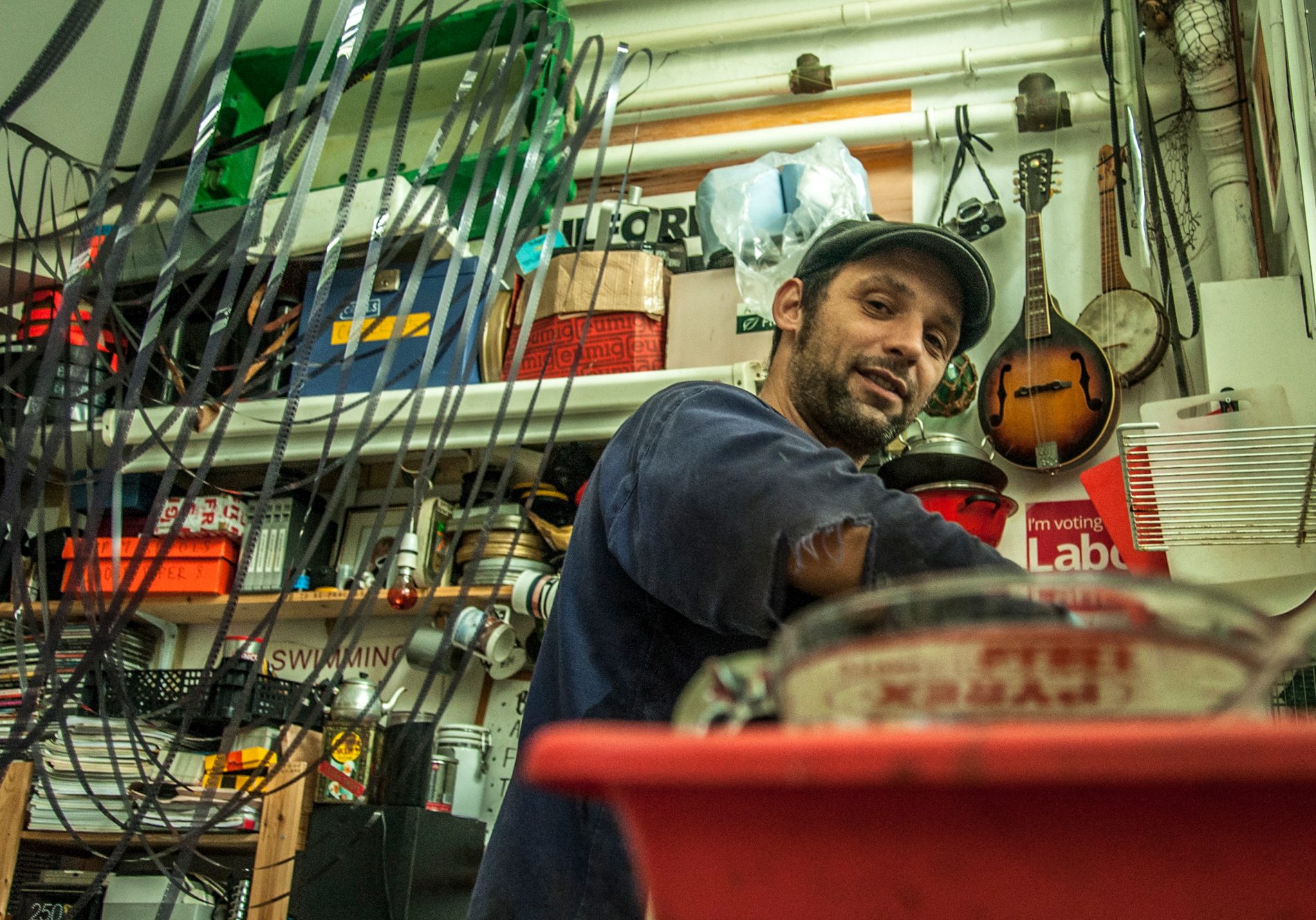
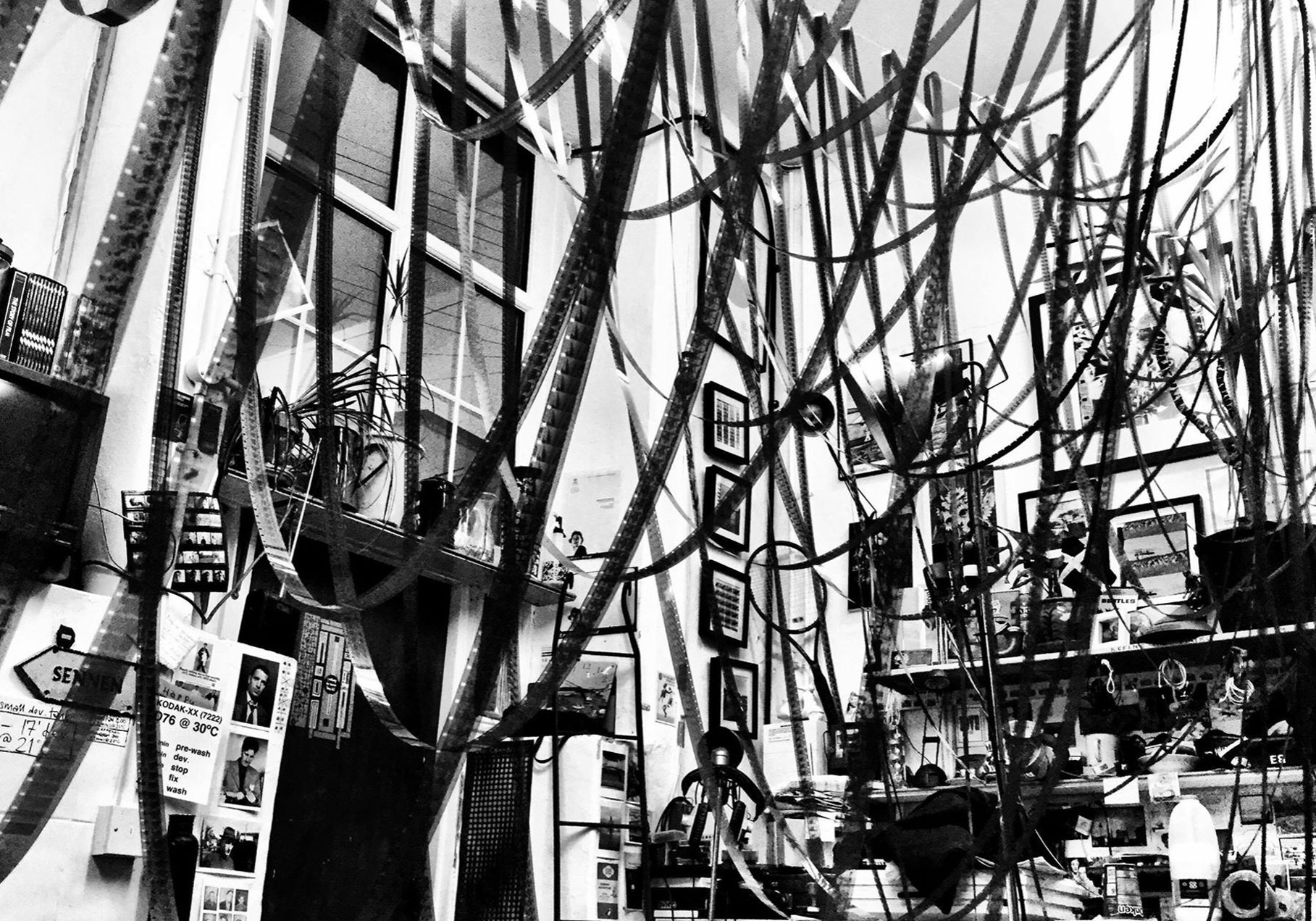
Once the film development was concluded, the rolls were shipped to Kodak Film Lab, at Pinewood Studios, for a 2K DPX scan and a one-light technical-grade. The entire footage was then returned to the director for editorial, post-synching of the audio and addition of music and sound effects, and final grading.
"As I had a shooting ratio of around 3:1, there were 4.5 hours of footage to review," he says. "I set up a projector at home, and watched all of the rushes in the morning, had dinner, and then watched them all again in the afternoon. I like the separation between physical production and post production, which gives me space to think about how I want to tell the story. Not everyone wants to post as soon as they shoot.
"Having the best part of four months between the shoot and seeing the rushes for the very first time, I did the edit in my head that same day, which made for fast post-production. Other than adjusting the overall brightness and contrast of the image, I did not manipulate it at all during the grade."
Jenkin concludes: "In filmmaking, there's a sort of unconscious denial about celluloid as a physical, mechanical artform. For me as an analogue filmmaker, the form and the content completely complement one another - you can't separate the one from the other. If anything, this is what helped the storytelling in Bait, and then the audience's positive reception of the film. People really like how different and authentic it looks and feels.
"These days, I do some lecturing at Falmouth University and see the enthusiasm of the students there. Like me, they are excited and energised by film, and it's really important to keep hold of that."

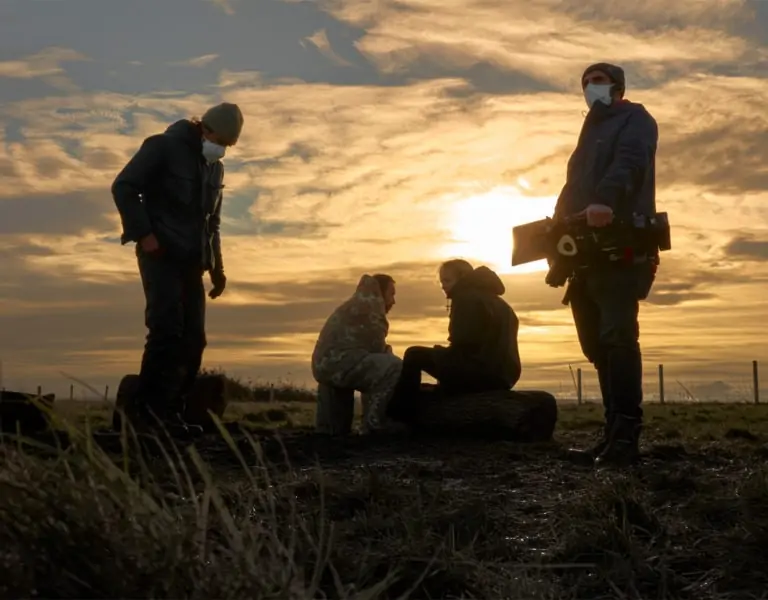
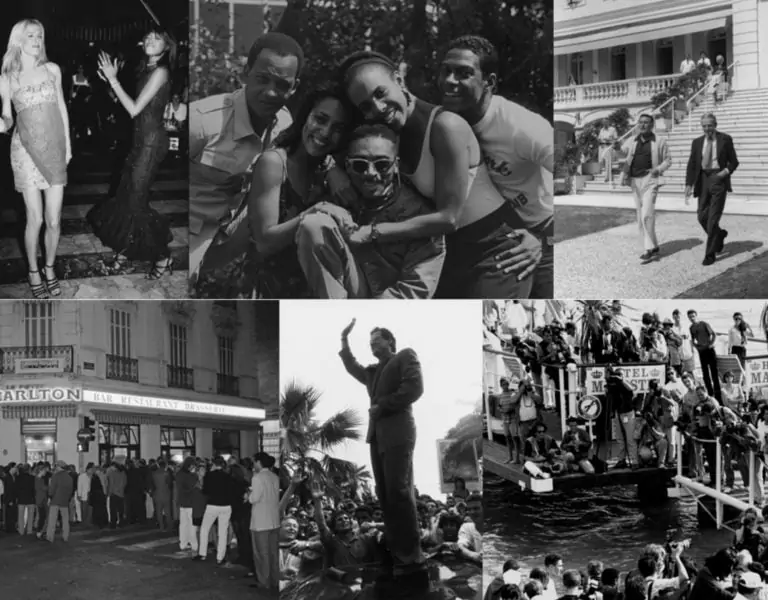

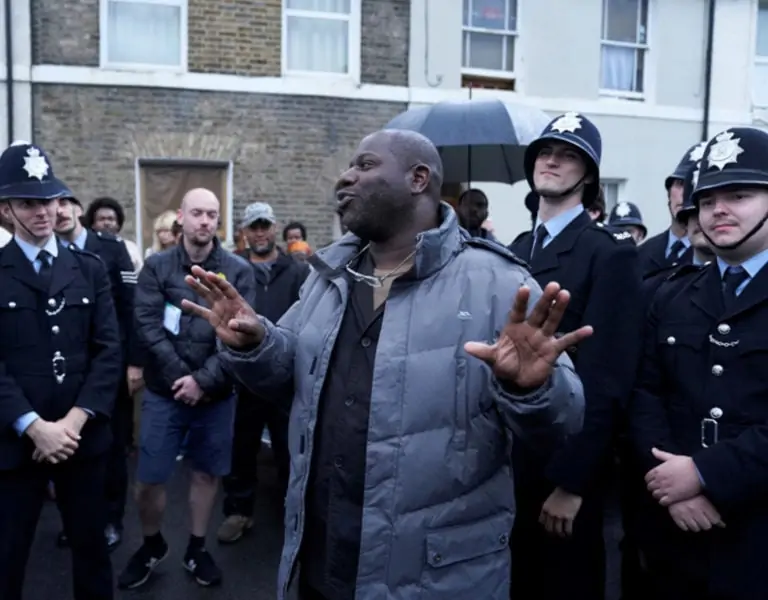
Comments are closed.